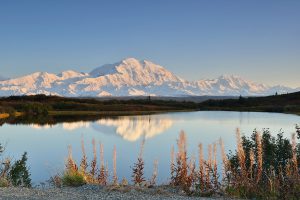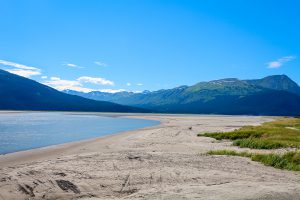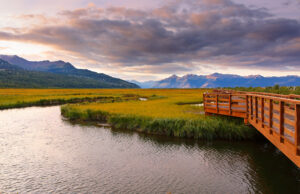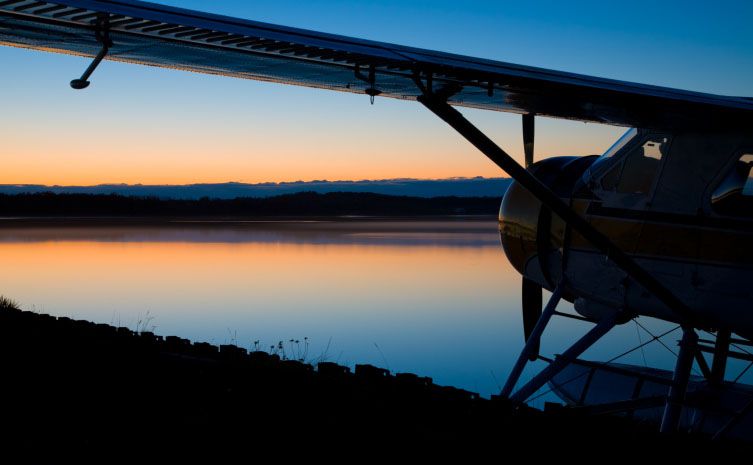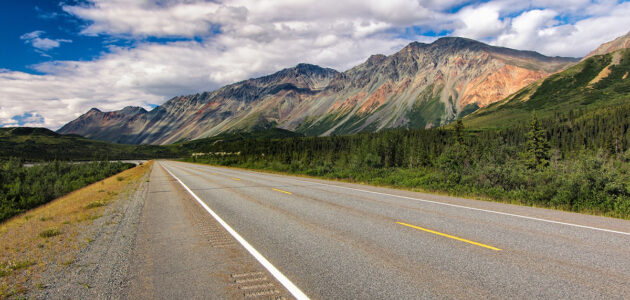
Glaciers, mountain peaks and wildlife, oh my! A road trip can be a great way to explore Alaska at your own pace. From getting off the beaten path to getting to know a favorite community more intimately, road trips offer flexibility for travelers who like to be in the driver’s seat.
When planning an Alaska road trip there are a few things to keep in mind. Alaska is huge (twice the size of Texas). So, when you’re planning your itinerary it’s important to check drive times between each destination because the map can be deceiving. You may also need to check if the community you want to visit is accessible by road at all! More than 80% of Alaska communities are not accessible by road which is why when you’re planning a road trip, focusing on Southcentral and Interior regions of Alaska is your best bet. Finally, be sure to consider the time of year. Alaska landscapes are beautiful covered in winter snow but unless you’re comfortable driving in snowy and icy conditions, stick to the summertime for your road trip adventure.
Buckle up and check out our recommendation for a seven-day itinerary that will take you from Southcentral Alaska to the Interior covering some of the highlights along the way.
Day 1: Anchorage to Seward

Anchorage is a great starting point for any Alaska road trip. Fly into the airport in Anchorage and secure your car. Before taking off on the open road, rest up for a night at the Westmark Hotel in Anchorage. Conveniently located downtown, there are tons of restaurants close by and many activities to enjoy as you start getting your first taste of the state.
After a night of restful sleep, wake up early to head out for day one of your road trip. Head south on Alaska’s scenic Seward Highway to one of the state’s oldest cities — Seward. The total drive time will be nearly two and a half hours.
For the first part of your drive, you’ll be coasting along the Turnagain Arm. Take in views of the inlet to one side and mountains on the other. Keep an eye out for Dall sheep, whales and bald eagles. Eventually you’ll enter the Turnagain pass before finally arriving at the Kenai Peninsula.
We recommend stopping the car frequently to enjoy Alaska’s scenery and to look for wildlife. Here are some great places to stop and recreate:
- Potter Marsh Wildlife Viewing Boardwalk — just outside of Anchorage, this is a great place to kick off your wildlife viewing.
- McHugh Creek Recreation Area — a little further down the road, you can get in a quick hike and enjoy beautiful views of the surrounding mountains and Turnagain Arm.
- Alaska Wildlife Conservation Center — walk or drive through AWCC to guarantee you’ll spot the best of Alaska’s wildlife.
Once in Seward, the small city has a lot to offer! For starters, you can visit Exit Glacier — one of the most accessible glaciers in the state. Visitors can also go explore the SeaLife Center, where kids can experience hands-on displays and learn about the aquatic life of Alaska.
Day 2: Seward to Talkeetna
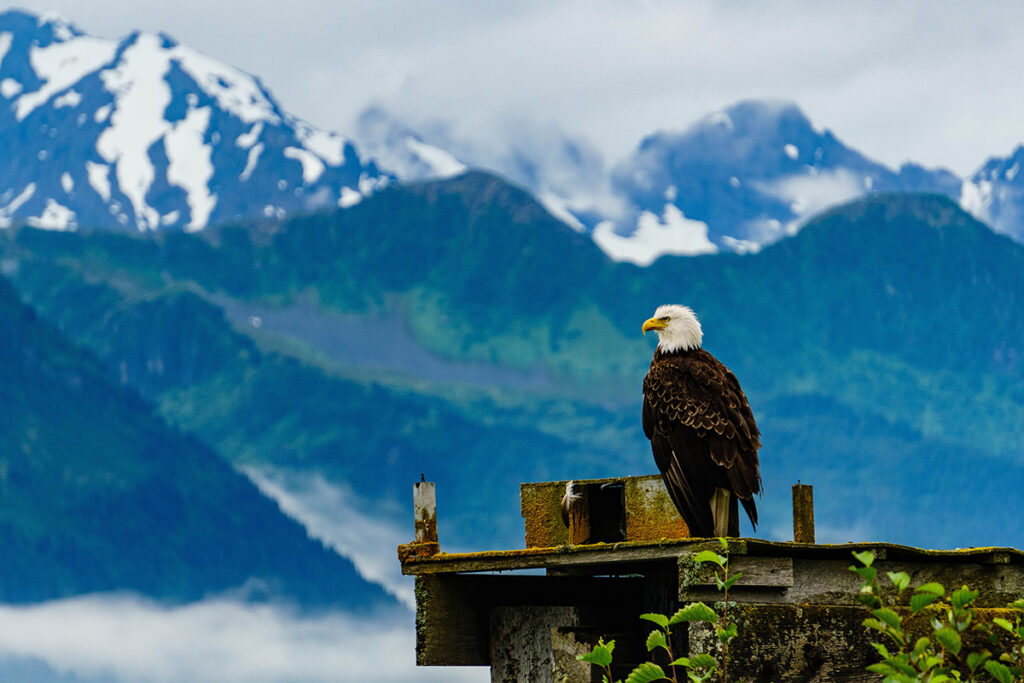
After exploring Seward, hop back in the car to head back north past Anchorage to Talkeetna. From Seward to Talkeetna is about four and a half hours. Some fun places to stop and explore along the way include:
- Eagle River Nature Center — enjoy spectacular views and look for salmon from the viewing deck.
- Thunderbird Falls Trail — hop out of the car to stretch your legs at this out and back trail. The payoff is a beautiful waterfall view.
- Eklutna Historical Park — experience a melding of cultures in one of the area’s oldest continuously inhabited Athabaskan settlements. See the colorful Spirit Houses built over gravesites alongside Russian Orthodox Christian Crosses. Guided tours are available.
After arriving in Talkeetna, one of the best things to do is find a good place to park the car and take a stroll along Main Street. The walk will take you past historical buildings, shops full of art from locals, restaurants, ice cream shops and a microbrewery. Stop by the museum to learn more about the community’s history and grab a brochure to complete the walking tour to experience more history.
Grab some good food and get plenty of rest for your next day of adventure.
Day 3-5: Explore Denali National Park and Preserve
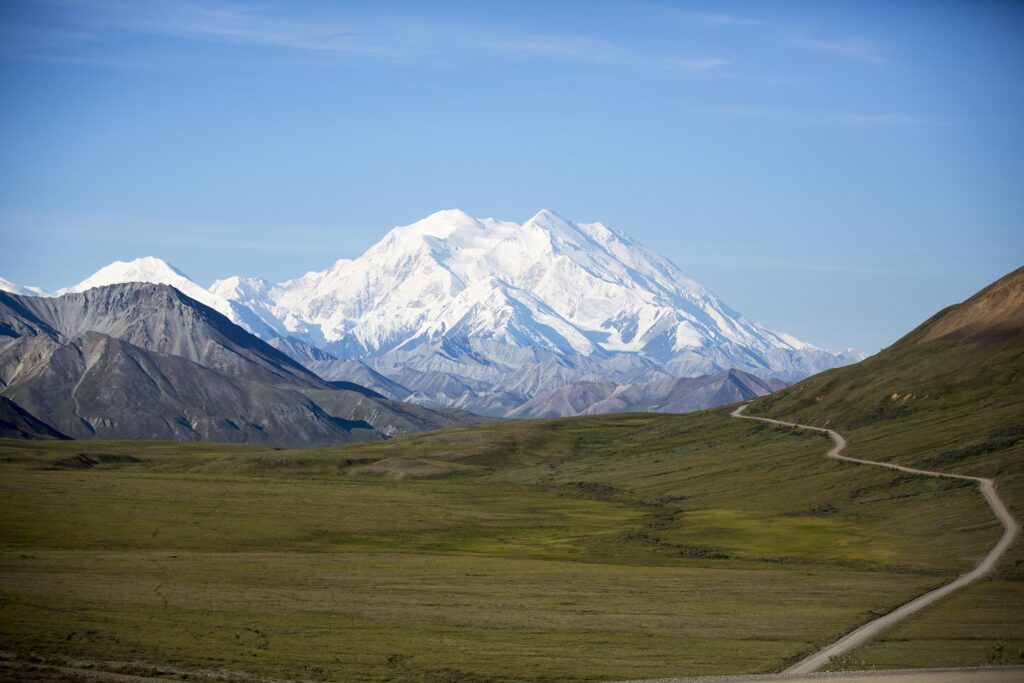
After taking in the quirkiness of Talkeetna, head about two and a half hours north to Denali National Park and Preserve. For accommodations, stay at McKinley Chalet Resort, located less than two miles from the park entrance. After a few days of driving, plan to spend two nights near the entrance of the park because there is a lot to see and do! Denali is the tallest mountain in North America and there are a lot of hiking trails to explore. Keep an eye out for wildlife and be sure to check out the visitor center to learn more about the park.
To explore deeper into the park, drive on the single highway up to mile 15. To go even further, hop on one of the park’s shuttle buses. Spending more time getting further into the park can increase your chances of seeing the Alaska big five: moose, bears, caribou, wolves and Dall sheep.
Day 6-7: Fairbanks

On day six, leave Denali to head north to Fairbanks, the heart of Alaska. From Denali, Fairbanks is about another two and a half hours. Once there, we recommend checking in at Westmark Fairbanks Hotel and Conference Center and then start exploring! Start with a visit to Pioneer Park which is a fun trip into the history of Fairbanks and then enjoy dinner before settling in for the evening. On day seven do more exploring in Fairbanks! There’s something for everyone from fishing and river excursions to museums, sightseeing and more.
After your road trip you can drive back to Anchorage (six hours in the car) or plan to fly home straight from Fairbanks!
More Alaska road trip planning tips:
Before hitting the road, it’s important to remember just because Alaska is big doesn’t mean that your packing list has to be. We have some packing essentials that we highly recommend bringing to have a successful road trip.
- Bug repellent — there is a silly saying that says mosquitos are the state bird. Protect yourself from bug bites!
- Rain jacket/layers — it’s hard to know exactly what the weather will do. Pack in layers so you’re always comfortable.
- Sunscreen — don’t let a low UV index fool you. It can stay light outside for almost 20+ hours a day so make sure your skin is protected.
- Roadside emergency kit — this should include jumper cables, flares, and a first aid kit. You can never be too safe.
- Snacks — because a road trip isn’t complete without snacks!



